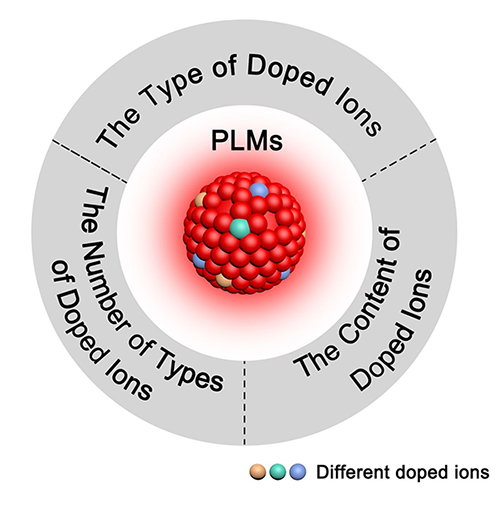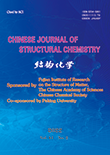Influence of Doped Ions on Persistent Luminescence Materials: a Review
ZHANG Liu-Wei, SHEN Rui-Chen, TAN Jie* and YUAN Quan*
Chin. J. Struct. Chem. 2022, 41, 2202148-2202158 DOI: 10.14102/j.cnki.0254-5861.2011-3237
February 15, 2022
persistent luminescence, doped ions, structure and optical performance
ABSTRACT
Persistent luminescence materials (PLMs) are potential luminescent
materials which can remain emitting light after stopping the excitation. PLMs can
avoid the autofluorescence of biological tissues, and play an important role in
biosensing, targeted imaging and other fields. However,
the applications of PLMs are often restricted by their weak persistent
luminescence and short decay time after excitation. Doped ions will
directly affect the luminescence centers and trap levels of PLMs, thereby
leading to great differences in the optical performance of PLMs. Given this, the
selection of doped ions to improve the optical performance of PLMs has become a
fascinating research direction in recent years. At present, the published reviews mostly focus
on the surface modifications and applications of PLMs. However, the influence of doped ions on the
structure and optical performance of PLMs is seldom summarized. In this review, the
influence of doped ions on the structure and optical performance of PLMs is
introduced from three aspects: the type of doped ions, the number of types of
doped ions, and the content of doped ions. Furthermore, we highlight recent achievements
and mechanisms in the development of PLMs. Finally, we also propose and discuss
the future opportunities and current challenges of ion-doped PLMs.








